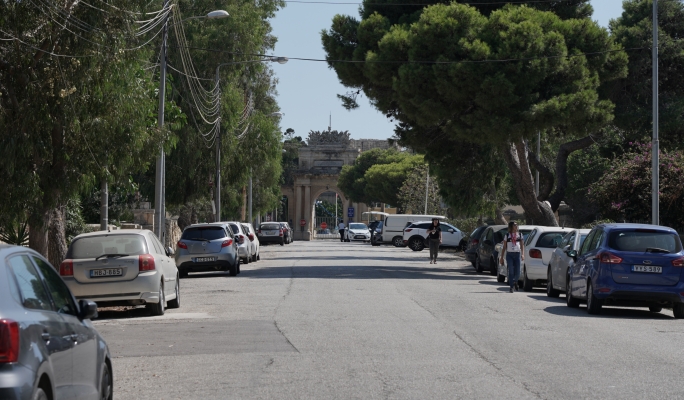Tropical system closing in on the Southeast could unleash dangerous flood threat early next week

By CNN Meteorologist Briana Waxman
(CNN) — A tropical system brewing near the Bahamas could bring flooding rain, coastal surge, damaging winds and dangerous surf to the Southeast US as early as Monday, leaving very little time for people to prepare.
The disturbance was designated Potential Tropical Cyclone Nine Friday evening, a label the National Hurricane Center uses when a tropical storm has not yet officially formed, but impacts are likely within three days. A tropical storm warning for what is expected to be Tropical Storm Imelda by early Sunday is in effect for the central Bahamas, with a tropical storm watch posted for the northwestern islands beginning late Saturday into Sunday.
Forecasts take the center across the Bahamas this weekend before steering it toward the Southeast US coast by early next week. The storm is expected to strengthen steadily and could be at or near hurricane intensity as it approaches land.
What to know if you live along the Southeast coast
The first effects from the storm could reach the Southeast as early as Monday, with the highest risk window centered on the Carolinas and coastal Georgia.
Flooding rain is the top concern with future Imelda, as heavy, slow-moving bands could stall near the coast or drift into the southern Mid-Atlantic, quickly overwhelming saturated ground, rivers and streams. Even without a direct landfall, onshore winds could drive storm surge water into low-lying areas, triggering coastal flooding.
South Carolina Gov. Henry McMaster issued a state of emergency Friday in anticipation of the storm, activating statewide response plans and mobilizing agencies to prepare for significant wind, flooding rain and storm surge across the state.
If the storm’s core comes ashore, damaging winds will be most likely near and just north of its center, with the potential for scattered power outages.
Meanwhile, over the open Atlantic, Hurricane Humberto rapidly intensified into a Category 4 storm while tracking over warm water and a less hostile environment in the central Atlantic Friday. Humberto is expected to continue to intensify into a Category 5 hurricane by late Saturday, packing sustained winds of over 160 mph with higher gusts. It is not a direct threat to the US, but it might bring some impacts to Bermuda next week as it tracks west of the archipelago.
Humberto’s size and position could influence how future Imelda develops, how quickly it moves and where it tracks.
Large swells from both this system and Hurricane Humberto lurking off the coast will add to the danger, creating life-threatening rip currents up and down the Eastern Seaboard next week.
How the forecast could shift
There is an unusually high amount of uncertainty surrounding this forecast because the future tropical depression or tropical storm has not yet formed. Weather models need a defined center of rotation to analyze to begin to have a chance of accurately forecasting a storm’s trajectory.
How this system ultimately behaves will depend not only on its own strength and speed but also on the position of Hurricane Humberto spinning offshore. Humberto’s circulation could tug the developing storm away from land or, if the timing lines up differently, allow it to drift closer to the coast.
Three main possibilities are on the table:
The storm could hook out to sea before reaching land, sparing the US from its worst impacts.
Future Imelda could also stall just off the coast, lingering close enough to wring out days of heavy rain and push water onshore.
The most concerning scenario is a landfall somewhere along the Carolina or Georgia coast. This would kick off a long-duration flooding event impacting inland areas ravaged by Helene just one year go.
If that worst-case scenario happens, parts of the Carolinas could pick up over two feet of rain. This would result in widespread life-threatening flooding, with swollen rivers and streams that could take days to recede. The combination of tropical moisture and a stalled weather pattern is the exact recipe for some of the Southeast’s most damaging flood events.
However, even 4 to 8 inches of rain from a stalled Imelda lingering offshore could cause serious problems in areas that will be saturated already from this weekend’s frontal storms.
Anyone from the Bahamas to the US East Coast will need to keep a close eye on the forecast this weekend for what’s likely to be Imelda as rain, wind and storm surge threats come into better focus. This homegrown storm will leave a very narrow window to prepare.



